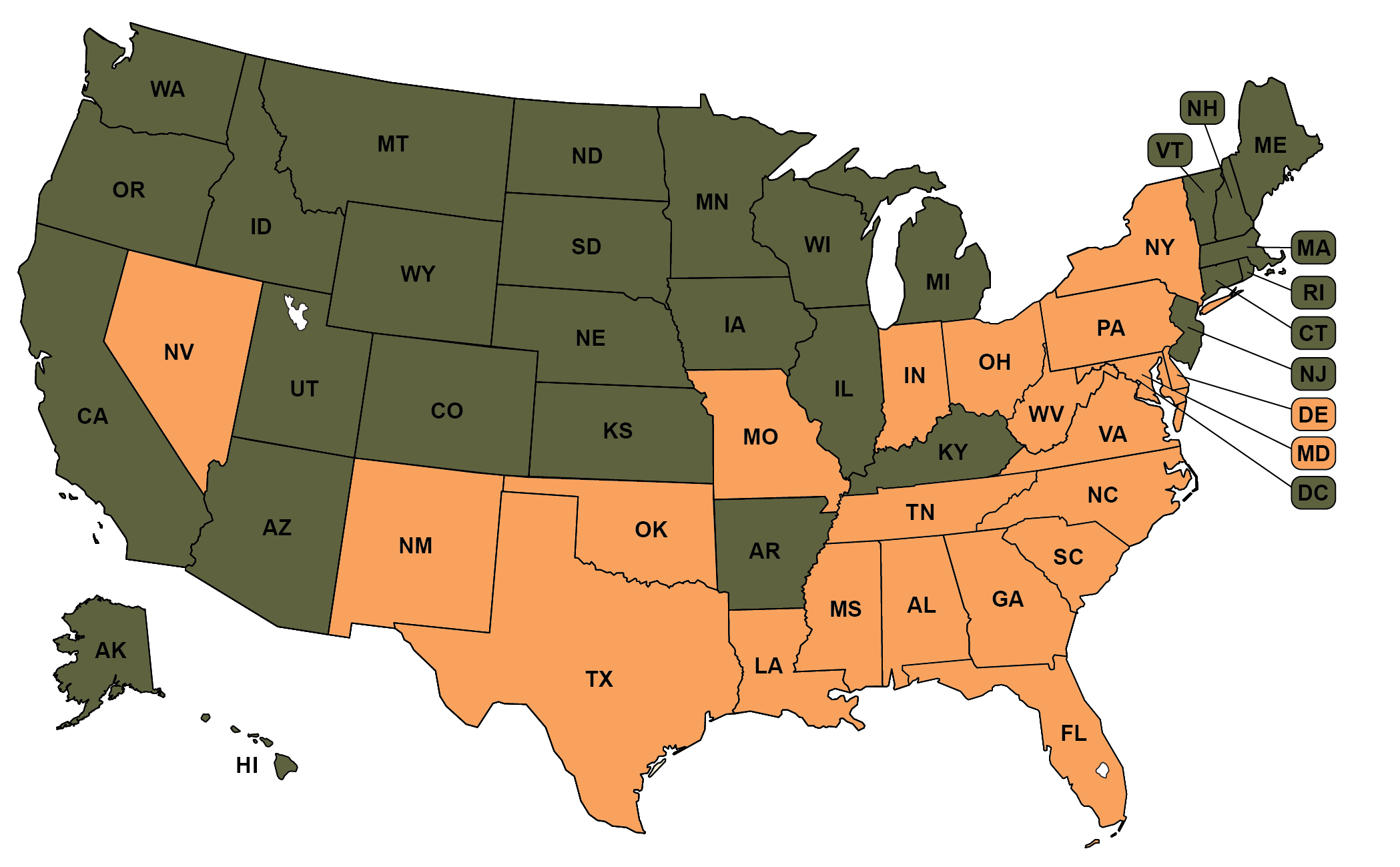Following the 2012 presidential election, where many voters reported long wait times to vote, President Obama created a bipartisan commission to study problems with polling place wait times. While wait times have improved in many jurisdictions since that time, some voters still face unreasonable delays to cast their vote. MAP relied on research and data from the MIT Election Data + Science Lab’s
Election Performance Index for this map and the information below. Please note the most current data is drawn from the 2020 election.
-
Average voting wait time in 2020 over 11.6 minutes
(21 states)
-
Average voting wait time in 2020 11.6 minutes or less
(29 states + D.C.)
Recommended citation: Movement Advancement Project. "Voting Wait Time and Line Length." https://www.mapresearch.org/democracy-maps/polling_place_line_length. Accessed [day of access]
Breakdown by Population
*Note: These percentages reflect the voting-eligible population, as reported by the United States Election Project.
55 % of population lives in states whose average voting wait time in 2020 over 11.6 minutes
45 % of population lives in states whose average voting wait time in 2020 11.6 minutes or less


